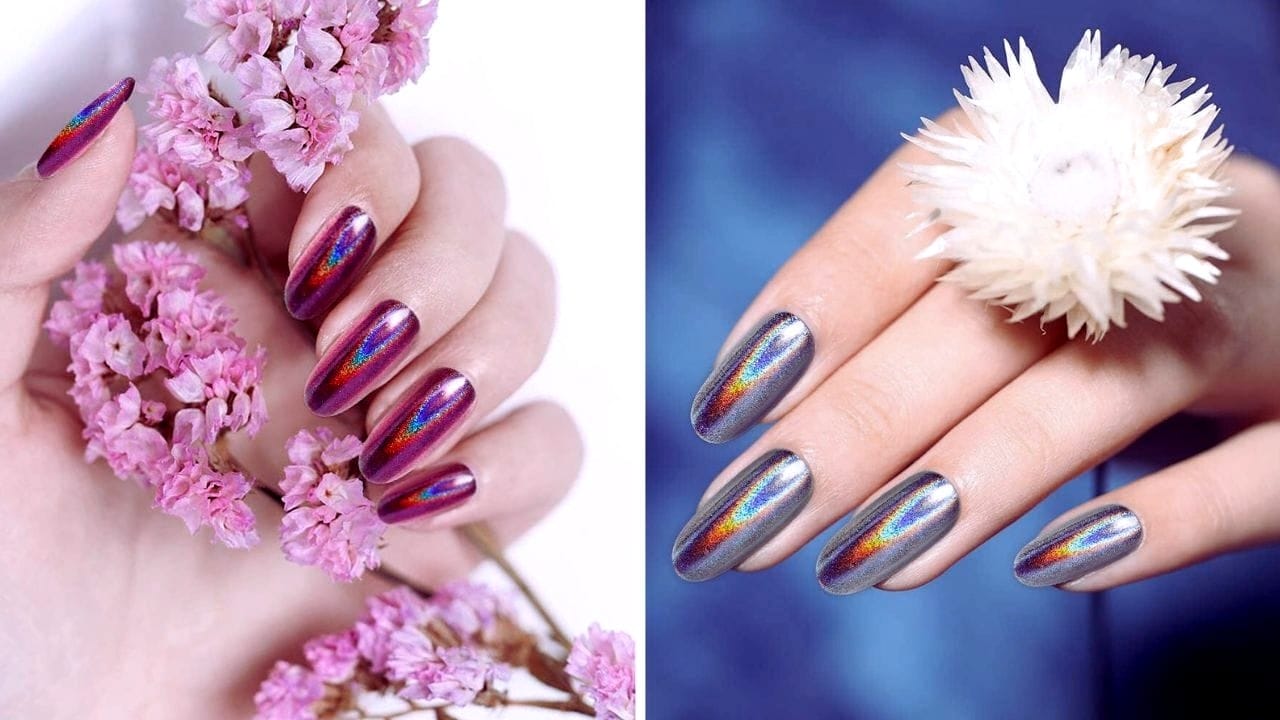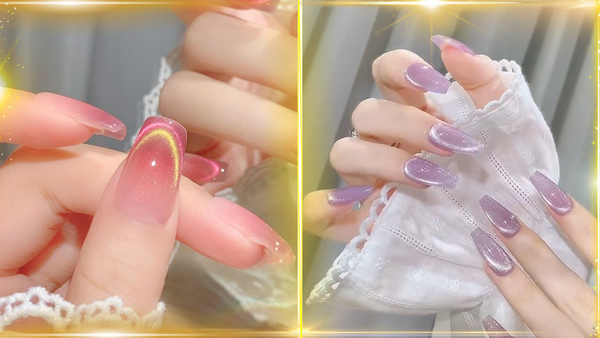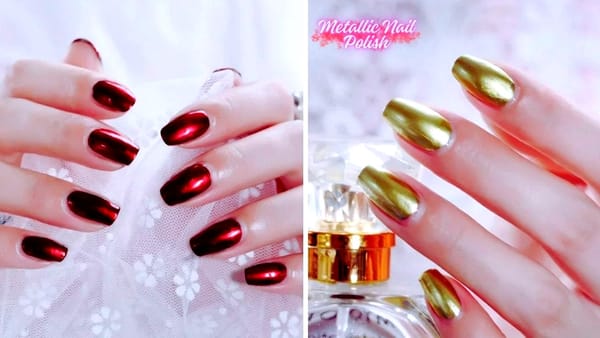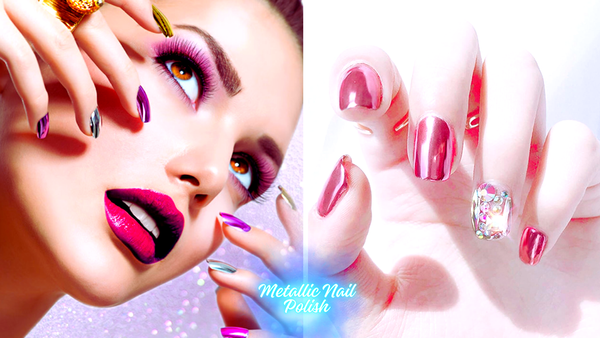Key Takeaways:
- Discover the ideal number of coats for a flawless metallic nail polish application.
- Learn the importance of using a base coat and a glossy top coat for longevity and shine.
- Understand the role of thin coats in achieving an even, streak-free metallic finish.
Metallic nail polish has become a staple in nail art, offering a lustrous and reflective finish that can take your nail game to the next level. Whether you're aiming for a light gold shimmer or a deep aluminum powder-infused black polish, the question remains: how many coats of metallic nail polish should you apply for that perfect, glossy finish?
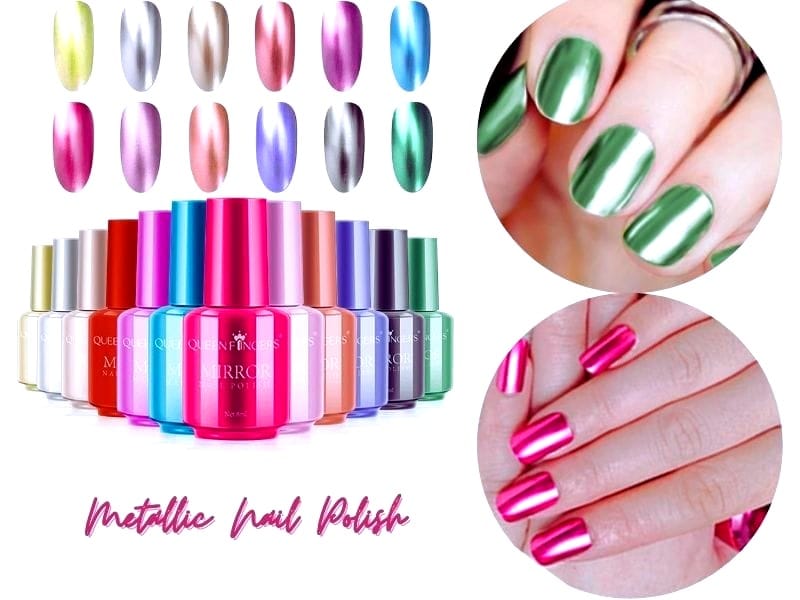
The Base Coat: Your Metallic Manicure's Foundation
Before diving into the metallic polish itself, it's essential to start with a clear base coat. This initial layer is crucial for several reasons. First, it prevents chipping and extends the wear of your manicure. Second, it provides a smooth canvas for the metallic polish to adhere to, ensuring full coverage and a uniform look. A single coat of a quality base coat, such as those offered by Sally Hansen, can make all the difference in the longevity and appearance of your metallic nails.
The First Coat: Setting the Stage
When it comes to applying metallic nail polish, the first coat is all about creating a foundation. This layer should be thin and even, covering the entire nail but not so thick that it takes forever to dry. The first coat may look streaky or semi-opaque, but don't worry – this is normal and will be addressed with subsequent layers. The key is to let this coat dry completely before adding more, as rushing can lead to a less-than-desirable finish.
Building Up: The Second Coat
The second coat of metallic nail polish is where you'll start to see the color and metallic effect come to life. Again, aim for a thin layer to maintain a smooth surface. This coat will add depth to the color and enhance the metallic shine. For many metallic polishes, two coats are sufficient to achieve full coverage and the desired glossy shine. However, lighter shades or polishes with a sheerer formula may require a third coat.
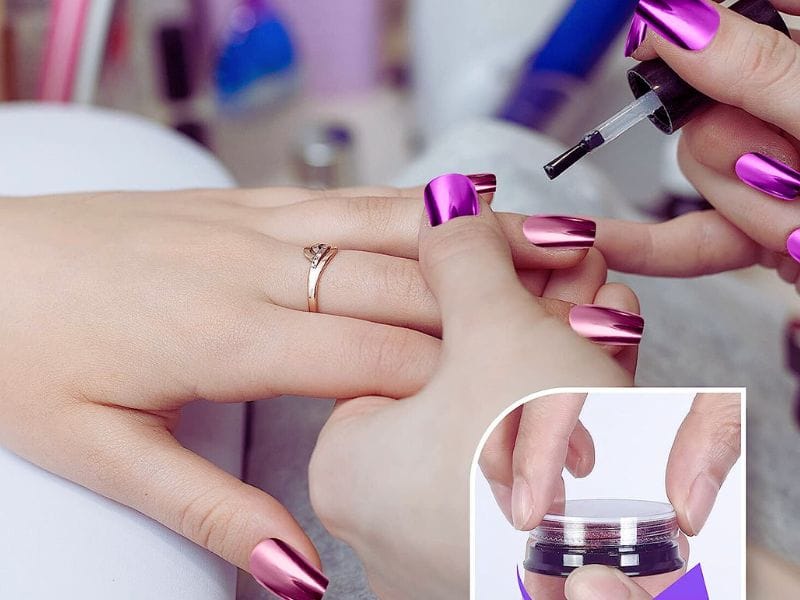
To Third Coat or Not to Third Coat?
Deciding whether to apply a third coat of metallic nail polish often depends on the specific polish and the look you're going for. If after two coats you notice any streaks or unevenness, a third thin coat can help achieve that flawless metallic finish. However, if you're already satisfied with the coverage and shine, it's best to stop at two coats to prevent the polish from becoming too thick and taking longer to dry.
The Chemistry Behind Metallic Nail Polish
Have you ever wondered what gives metallic nail polishes their captivating sheen? It's all about the chemistry! Metallic polishes contain tiny particles of aluminum powder, which reflect light and create that signature glossy finish. When you apply a coat of metallic polish, you're essentially painting your nails with a blend of color pigments, aluminum flakes, and a solvent base, typically butyl acetate or isopropyl alcohol. These solvents evaporate as your polish dries, leaving behind a smooth, even layer of color and shine.
The magic happens when light hits the aluminum particles just right, giving your nails that mirror-like appearance. However, achieving this effect requires precision. Too many coats can lead to a heavy, opaque look, while too few may not give you the full coverage you desire. Striking the perfect balance is key, and that's where understanding the ideal number of coats comes into play. Remember, the goal is to create a uniform layer that allows the aluminum powder to work its reflective wonders without overwhelming your nails.
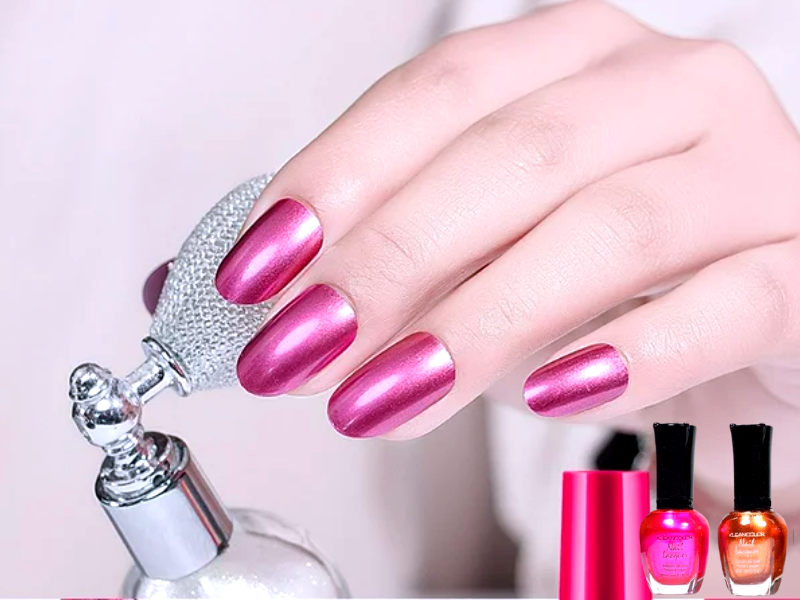
The Art of Layering Metallic Polish
Layering metallic nail polish is an art form in itself. The first coat sets the stage, providing a base to which the aluminum powder can adhere. The second coat builds on this, enhancing the color and adding depth. But when it comes to a third coat, you might want to pause and assess. If your polish is highly pigmented, two coats might be sufficient. However, some metallic polishes, especially those with glitter or a lighter shade, may require a third layer to achieve that complete, lustrous look.
When applying thin coats, patience is your best friend. Each layer should be given ample time to dry completely to prevent chipping and to maintain that gorgeous, glossy shine. Rushing the process can result in streaks or bubbles, marring the metallic effect. So, take your time, let each coat dry, and watch as your nails transform into a stunning accessory that complements your nail game. Whether you're going for a subtle light gold tip or a bold blue sparkle, layering your metallic polish correctly will ensure a fresh, salon-quality look every time.
The Role of Thin Coats in Metallic Nail Polish Application
Thin coats are the secret to a successful metallic manicure. They allow the polish to dry faster, reducing the risk of smudging and dents. Additionally, thin coats help prevent the formation of air bubbles, which can ruin the smooth metallic effect. Building up the color gradually ensures a more even application and a better bond to the nail.
The Finishing Touch: A Glossy Top Coat
A glossy top coat is the final step in sealing your metallic nail polish and adding an extra layer of shine. It also helps to smooth out any remaining imperfections and provides a protective barrier against chips and wear. Apply a single, thin layer of a high-quality top coat, like those containing butyl acetate, for added gloss, and let it dry completely. This will give your metallic nails a professional, salon-quality finish.
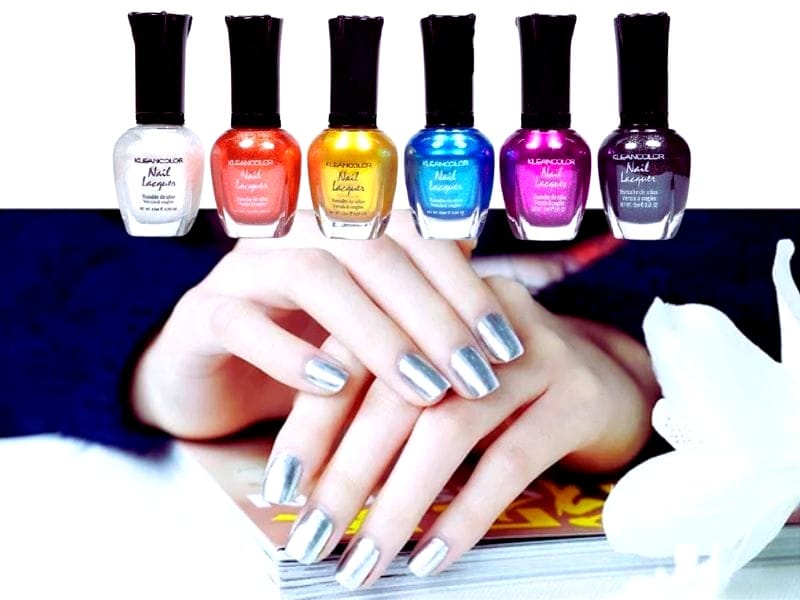
When to Wrap It Up
Knowing when to stop applying coats is as important as the application process. If you've reached full coverage and a smooth, even finish with two coats, it's time to wrap up with a top coat. Adding unnecessary layers can lead to a longer drying time and a less metallic look, as the reflective flakes can become buried under too much polish.
The Waiting Game: Letting Each Coat Dry Completely
Patience is key when applying metallic nail polish. Each coat must dry completely before the next is applied. This prevents the polish from becoming too thick and ensures that each layer adheres properly, reducing the likelihood of chipping. Waiting between coats might seem time-consuming, but it's a crucial step in achieving a long-lasting metallic manicure.
Compliments to Your Metallic Nails: Nail Care and Maintenance
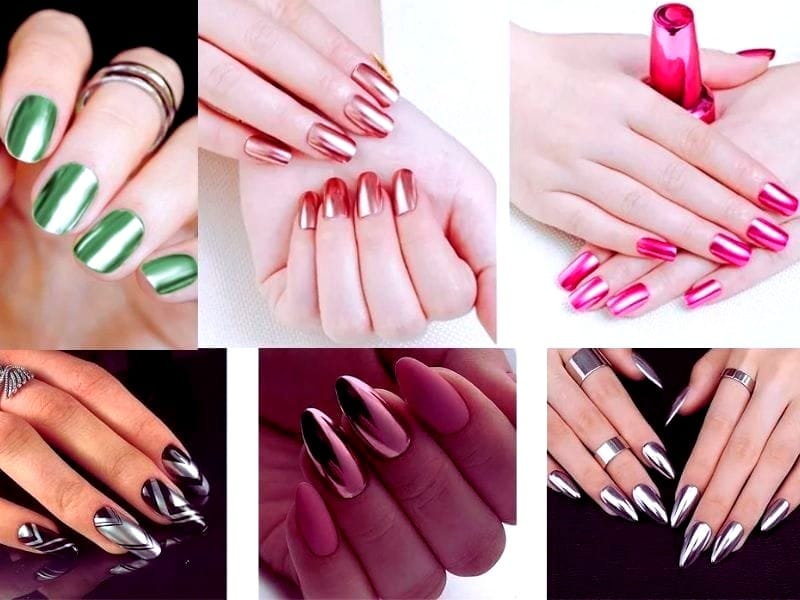
To keep your metallic nails looking their best, it's important to maintain good nail care habits. Keep your cuticles moisturized, wear gloves when doing household chores, and avoid using your nails as tools. These practices will help your metallic polish maintain its glossy shine and prevent premature chipping.
Summary
Achieving the perfect metallic manicure is all about balance and technique. Starting with a clear base coat and applying thin, even layers of metallic polish are key steps. For most metallic polishes, two coats will suffice, but a third may be necessary for sheerer formulas or lighter shades. Always finish with a glossy top coat to enhance the shine and protect your nails. Remember, patience during the drying process will ensure a smooth, professional-looking finish that lasts.
FAQ Section
Can I apply just one coat of metallic nail polish if I'm in a hurry?
While one coat can provide a quick hint of color and metallic sheen, it often lacks the full coverage and depth of a two-coat application. For best results, it's recommended to apply at least two thin coats, followed by a glossy top coat.
How long should I wait between coats of metallic nail polish?
It's best to wait until each coat is touch-dry, which typically takes 5-10 minutes, depending on the polish formula and room temperature. This ensures that each layer has adhered properly and will help prevent smudging.
Is it necessary to use a base coat with metallic nail polish?
Yes, a base coat is essential when using metallic nail polish. It helps to smooth out the nail surface, prevents staining, and extends the wear of your manicure. A clear base coat also makes it easier to remove the polish later on.
